|

      

|
|
|
| |
|
|
| |
Amateur
Radio Satellite Gadgets |
|
| |
Antennas: |
|
|
Arrow
II LEO , 146/437-10WBP
Hand Held Yagi for Satellite
Pros:
- Diplexer Built Into Handle
- Strong Clear Signal
- Reasonably Light
Cons:
- None that we know of
Available
from:�http://arrowantennas.com/arrowii/146-437.html
|
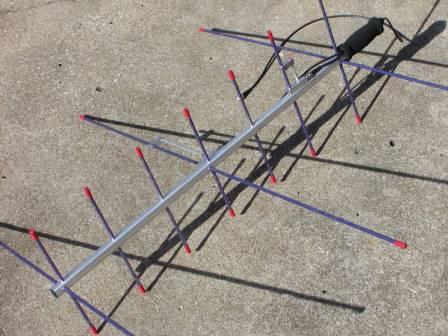 |
|
| |
Elk Model 2M/440L5 Five Element, Log Periodic
Antenna
Pros:
- No Diplexer Required for�145 Through 440 MHz
- Strong Clear Signal
- Sturdy, Well Built Construction
Cons:
- Slightly Heavier Than the Arrow
- Requires More Precision in Aiming
- Handle Could be Better Engineered
Available from:�http://www.elkantennas.com
|
 |
|
| |
The
Great Antenna Debate: Now
that you have the basic information on the Arrow II and Elk Hand
Held Satellite Antennas, you'll likely become part of the great
debate as to which antenna is better than the other. The fact is,
they're both great antennas! You'll have to decide for yourself
as it all comes down to personal taste. Read
the article by K6LCS - Clint Bradford as he attempts to put
a final word on the debate!
|
|
UC-4364-328,
Amateur Satellite Antenna by Myers Engineering
Pros:
- The UC-4364-328 is a compact (Right Hand) Quadrifilar Helix
antenna
- Designed to operate through Amateur Radio satellites, without
requiring an antenna rotator.
Cons:
- UHF Receive Only – Not 2-Way.
- Does Not Work Well for Low Horizon
Available from:�http://www.antennas.us
|
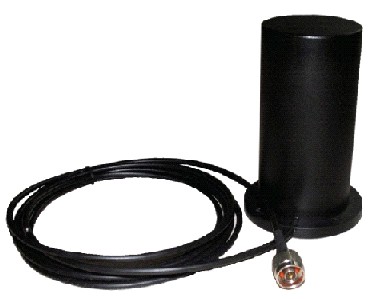
|
|
|
| |
Smiley
270A HT Antenna
Pros:
- Outperforms Diamond SHR-320A
- Collapsible - short when you don't need the gain
- Spring in base protects your HT's antenna connector
- It only costs $20
Cons:
- None that we know of
With
its spring base protecting your HT's antenna connector and its
5/8 and 1/4 wave performance, this is a great bargain in the amateur
accessory world. Did I mention it sells for less than half of
the Diamond SHR-320a?
Available from: http://www.smileyantenna.com/
Submitted
By: K6LCS – Clint Bradford
|
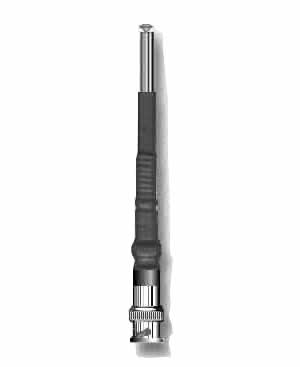 |
|
| |
Stephen
Gulyas BNC-to-SMA Adapters
Pros:
- TRUE protection of your HT's antenna connector
- Not "one size fits all" - several models for different
HTs
Cons:
- Only available from Stephen - no big store carries them, yet.
- Cost - but compare with a $100 bill to repair you HT's broken
antenna center pin connector, and the
cost is nothing.
Hard
rubber displaces the stress placed on your HT when attaching larger
antennas or cabling. These fine adapters "mate" to a
much larger surface area on your HT than the "all-metal"
CN3-like adapters. Click on the link below for a .pdf file with
pictures, model numbers, and ordering instructions.
Available
from:�http://www.work-sat.com/Antennas_files/GULYAS-03292018.pdf
Submitted
By: K6LCS – Clint Bradford
|
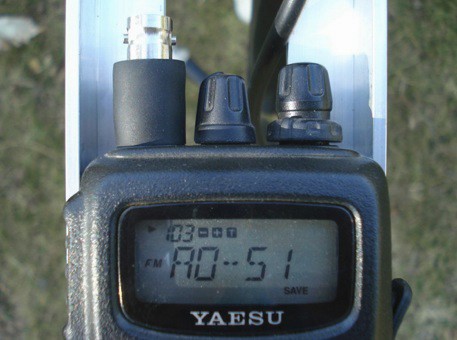 |
|
| |
Antenna
Rotator: |
|
| |
Azimuth – Elevation (Az-El) Antenna
Rotator System
Pros:
- Ability to track your satellite pass from Horizon to Horizon.
Cons:
- Prohibitively EXPENSIVE!
You Don’t Need One
If you really want a rotator for tracking�across the horizon,
use a single plane,�(azimuth) rotator with a suitable antenna
permanently affixed at 30 to 45 degrees elevation. This will provide
superb performance for 95% of all satellite passes.
The one pictured here is a Yaesu G5500:�
http://www.yaesu.com
$589 for the Rotator, $569 for the Computer Interface
|
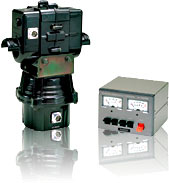 |
|
| |
Radios
– Hand Held: |
|
|
| |
Yaesu
VX-3R
Pros:
- Very Small, Light Weight, and Compact.
- With the right antenna, capable of successful amateur radio
satellite communication.
Cons:
- Difficult to program. (RDMS Software is available.)
Available from:�http://www.associatedradio.com/
Really, any good HT, be it Yaesu, Icom, Kenwood, or whatever,
so long as it is capable of “split-banding” and PL
Tone will be more than satisfactory to work Satellites!
|
 |
|
| |
Radios
- Base: |
|
| |
Yaesu FT-897D (or FT-857D)
Pros:
- All Bands / All Modes (HF – VHF – UHF)
- Split Band Capability
- Base, Mobile, Portable, you choose.
Cons:
- I’ll let you know when I find one.
Available from:�http://www.associatedradio.com/
Again, any good radio, be it Yaesu, Icom, Kenwood, or whatever,
so long as it is capable of “split-banding” and PL
Tone will be more than satisfactory to work Satellites!
|
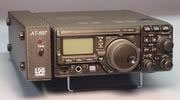 |
|
| |
Navigation: |
|
| |
A
Good but Inexpensive Compass
Pros:
- Helps locate your orientation and directions.
Cons:
- You don't need one all the time, but it's sure handy to have
one when you need it!
Available from:�http://www.harborfreight.com
You could go to the Automotive Section at Wally World and
get one of those cheep compass globes for your dashboard for about
$5 Bucks. This one is $2 at Harbor Freight. There are also good
ones on eBay for as little as $7, including shipping.
|

|
|
| |
I have to mention, of all the articles I’ve
posted on this site so far, none have generated more comment and
e-mail than the Gadget article about having a compass. Although
all the comments have been positive, my general observation is that
the selection of a compass is very much a matter of personal taste
and preference.
In
summary of what I was provided, I will point out that there is
a wide selection of compasses available from the Bass Pro Shops,
( http://www.basspro.com )
and Cabella’s, ( http://www.cabellas.com
). The selection available from either of these vendors spans
a wide range in quality, application, and price.
An
appreciable amount of discussion was given to the Suunto line
of compasses, for those who are willing to pay for better accuracy
from their instruments. (
http://tinyurl.com/2aavwhw and http://www.suuntoservice.com/dealerlocator
) Mention was also made on SILVA or BRUNTON compasses, with the
caveat that attention should be made as to where the instrument
was actually manufactured as an indicator of quality. Good advice
was also provided in that the flatter the compass is, the more
sensitive it is to being perfectly horizontal, the ones with a
round dial tend to be more forgiving that the one with a needle.
Another offered the opinion that liquid filled compasses were
the best overall. And don't forget that your radio has a magnet
in it, which will affect your campass if held too close.
All
things considered, my humble opinion is one should obtain
what works best for you within your budget. As a rule, if I can
find which direction is generally north, than I can pretty much
find the satellite with my antenna so long as I have a ball park
idea where it will be coming over the horizon.
Hats
Off to Bryan Walker, KJ4QZJ; Amir Findling, K9CHP; and Clint Bradford,
K6LCS for their contributions to the discussion.
Update
29MAR18
|
|
| |
|
|
| |
|
EditRegion3 |











